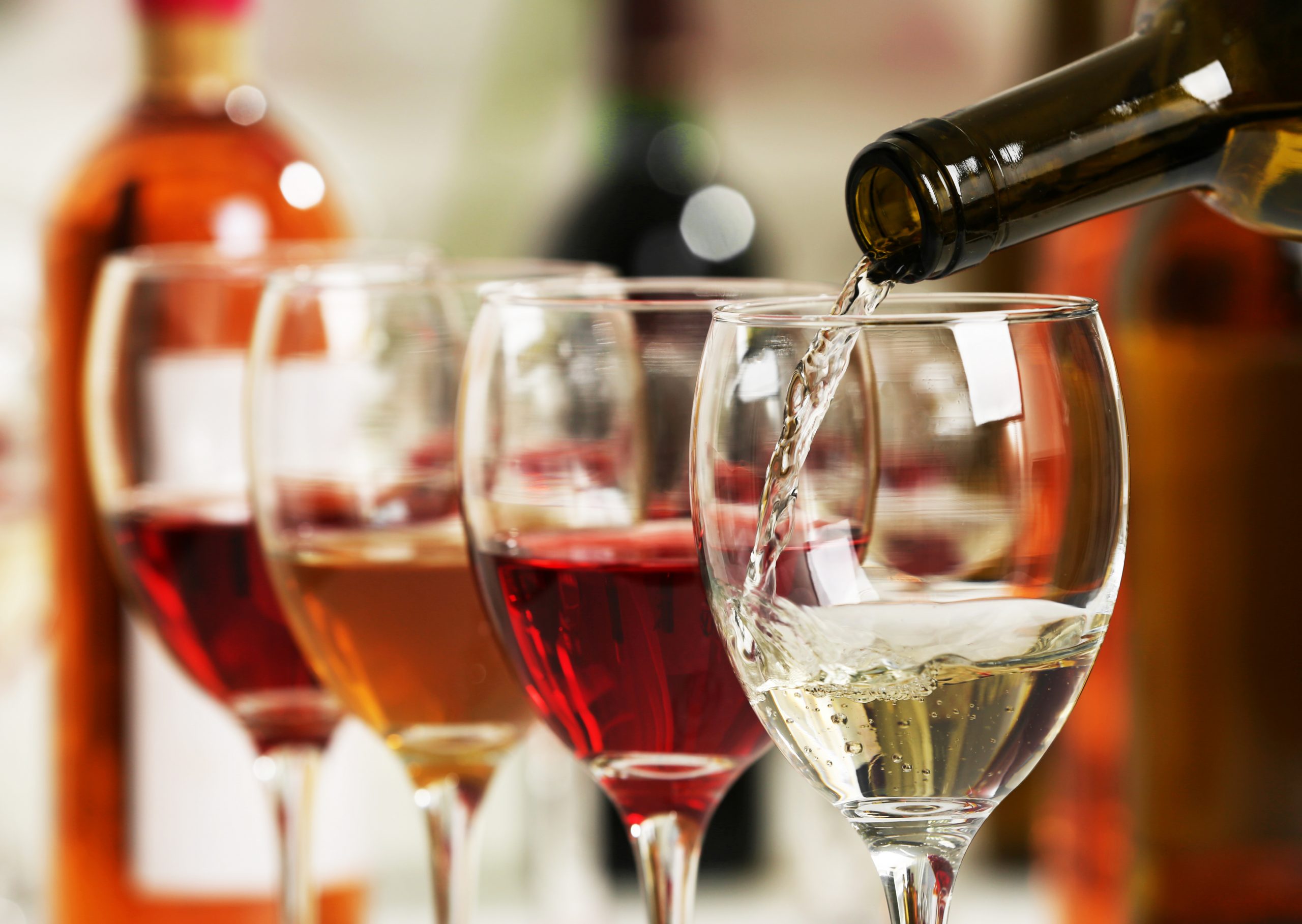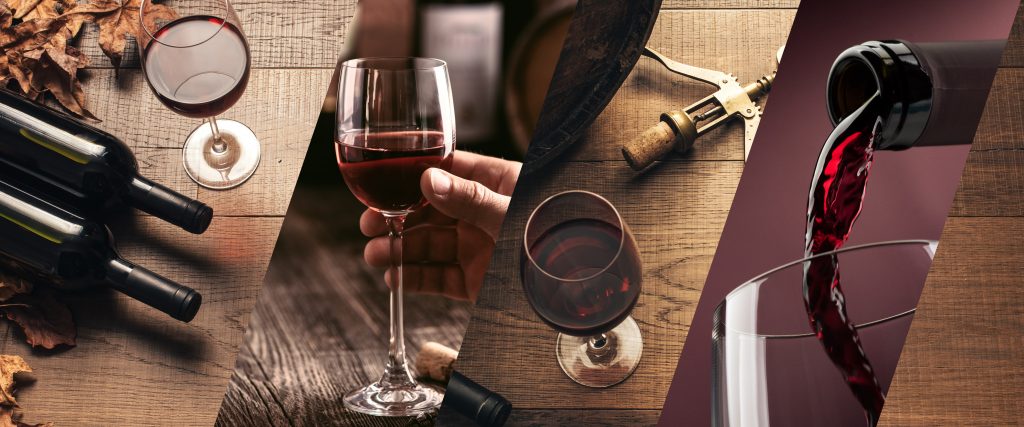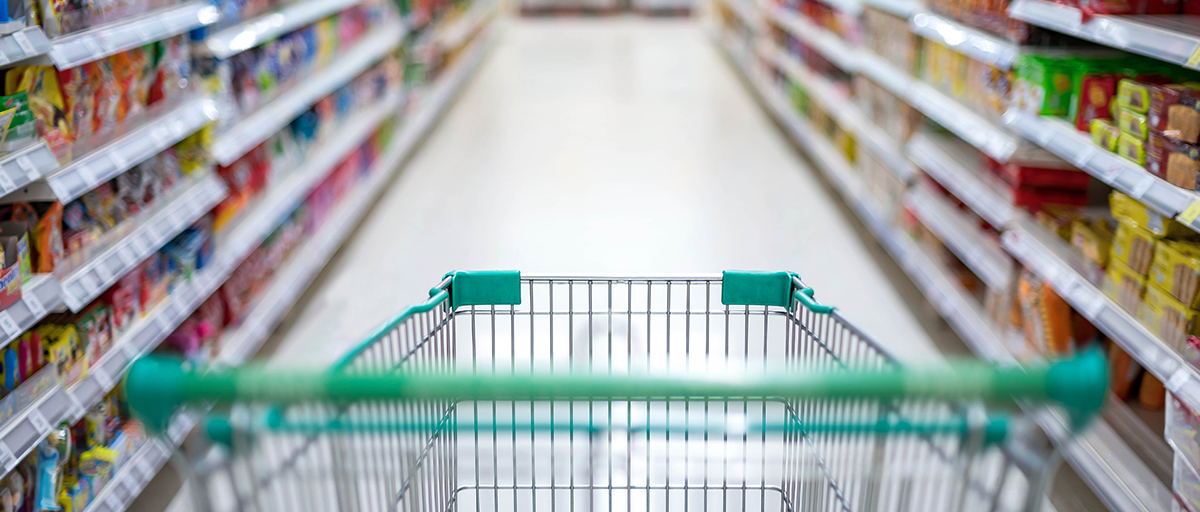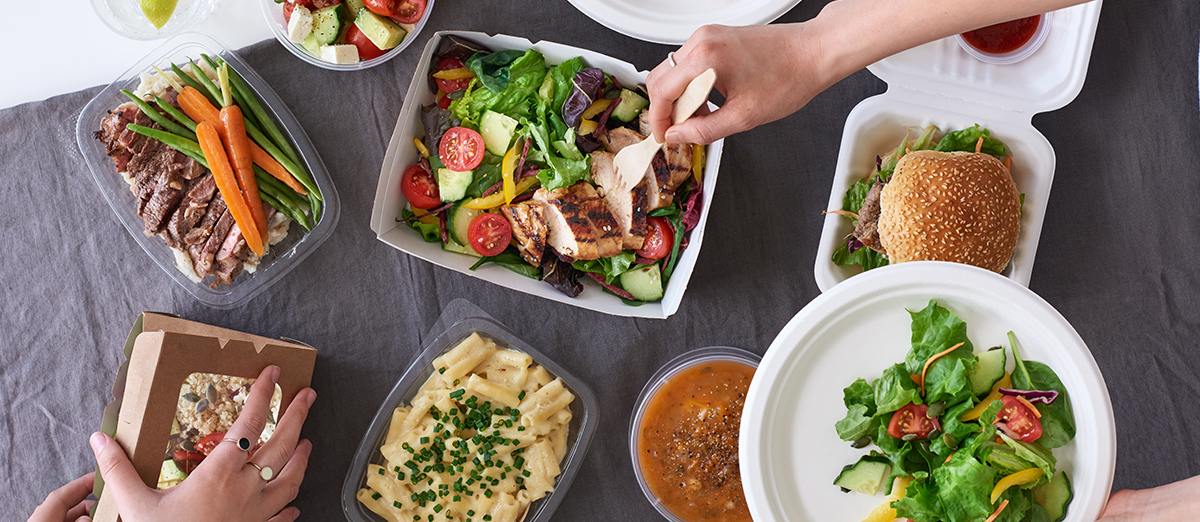
How is Wine Made?
Wine is the second oldest alcoholic beverage, after beer, but one might argue that, wine came before beer because of how simple it is to make. Indeed, wine occurs almost naturally, press some fruit to extract the juices, leave it alone for a few days and you’ll find a rudimentary wine upon your return! Yeast is everywhere and will stop at no opportunity to feast and turn sugar into alcohol and carbon dioxide; broken fruits provide a perfect opportunity. We’ve refined the very rudimentary process described above to produce some of the world’s most expensive beverages.
Here is the basic version of that is a five step process:
Harvest

First, you need grapes. Harvesting is the act of picking those grapes. Harvest is, some winemakers say, the most important part of wine production. Timing is the key to determining the quality of the final product. Vintage quality also hangs in the balance around the time of harvest. A miss-timed rainstorm or sudden overnight frost can result in a ruined harvest, and therefore vintage.
Extracting the Juice
In the olden days grapes were put in giant containers and workers would step on the grapes to break them and extract the juices. Although this is still practiced minimally, most producers now use mechanical presses. Here is where white wine differs from red wine. If making red wine the juice is left “on the skins” i.e. macerating with the skins, and this is where it picks up its color and many tannins essential to that wine. For white wine production the juice is immediately removed from the solid grape material to prevent the above from happening. With rosé it is left on there for a short amount of time, just to extract a little color.
Wine Fermentation

Red wine fermentation takes place in the must (pulp), the mix of grape juice and solid plant material, i.e. whilst the juice is on the skins. Yeast is present everywhere, and is found all over grape skins, so there is no need to add it for the fermentation of red wine; it begins naturally. With white wine production yeast is added to the grape juice to kick start fermentation, although this is not necessary.
Red wine gets a second fermentation where the juice is drained off the grapes, and the skins are pressed to extract as much juice as possible. The yeast is then allowed to finish its work, converting the last of the sugars into alcohol.
Aging and Storage

Some wines, mainly white wines, are ready to drink immediately after being made. However there are many, mainly red wines, which benefit from a period of aging. Aging mainly takes place in oak casks which impart their own flavors on the wine, whilst also softening some of the more astringent flavors of their contents. Concrete eggs are used, as are stainless steel vessels, each with their own cited benefits.
After aging in oak or another vessel, wine is transferred to the bottle in which it is sold. In the bottle, wine does not stay inert, it continues to evolve and this is called bottle conditioning. Flavors begin to soften and evolve as the wine grows older in the bottle. During this time there is a high importance around the “cellar-ing” of wine. That is, storing it under the correct conditions so that it does not spoil during this period of aging. All of the above mainly relates to red wine (not all red wines undergo this process) it does also apply to some whites too.
That’s the basics of turning grape juice into wine! Really, just let nature take her course. There’re many other things you can do to wine, malolactic fermentation, fining, fortification, and second fermentations; all of which bring different things to the final product. The world of wine is endless and the production method is just the beginning. Besides, so many things can be done to wine during it’s production, there is a library full of books out there on the subject!






Write a Comment